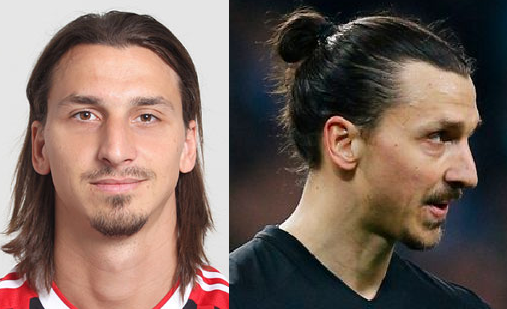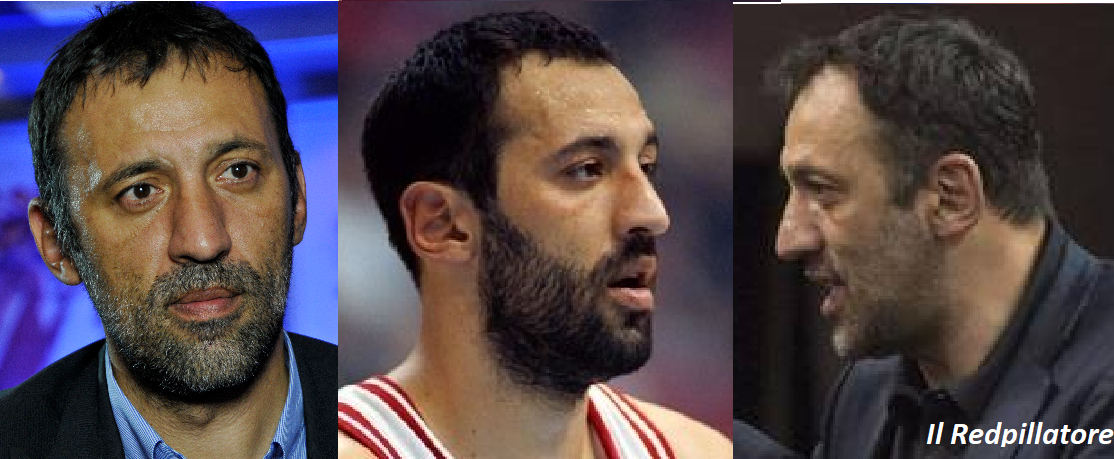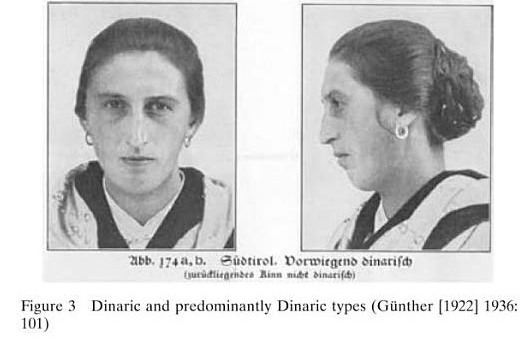Deleted member 10615
Brachy pride worldwide
- Joined
- Nov 5, 2020
- Posts
- 6,452
- Reputation
- 12,029
- OP
- #51
true but having good height and frame is a good thingFair enough, but I still think you are over rating dinarids, height is not as important as you think if the face is ugly, and most dinarid men have an ugly face.



Yeah they are masculine, but so are borrebys and atlanto meds, who have a better looking face and are still tall
honestly i think anglos or dalio faelids are the best looking maybe some north atnalids and baltids aswell
to me i find the alpanid repulsive for some reason, just all there traits are bad, colouring is boring for a white person, short and fat, no cheekbones, low nose bridges
only good thing i can think of for them is good midface and fwhr and also decent frames besides that they are repulsive and look like todlers
















